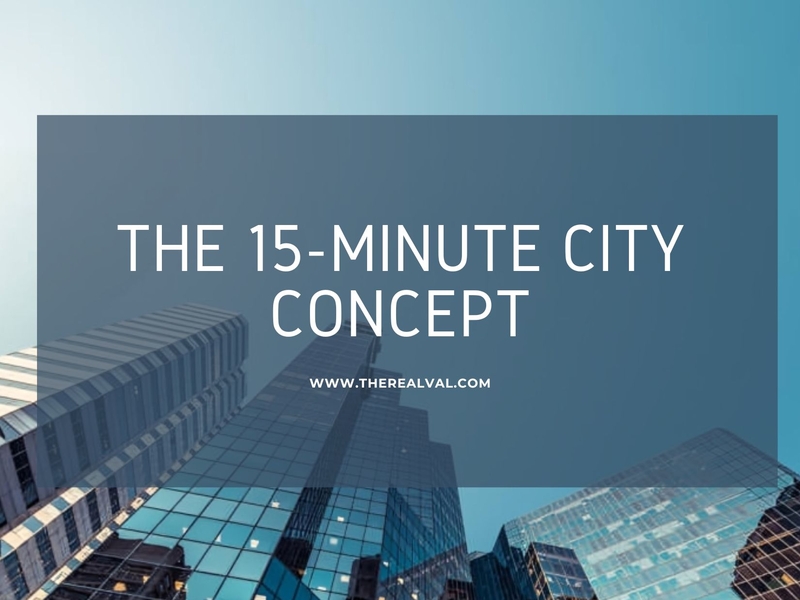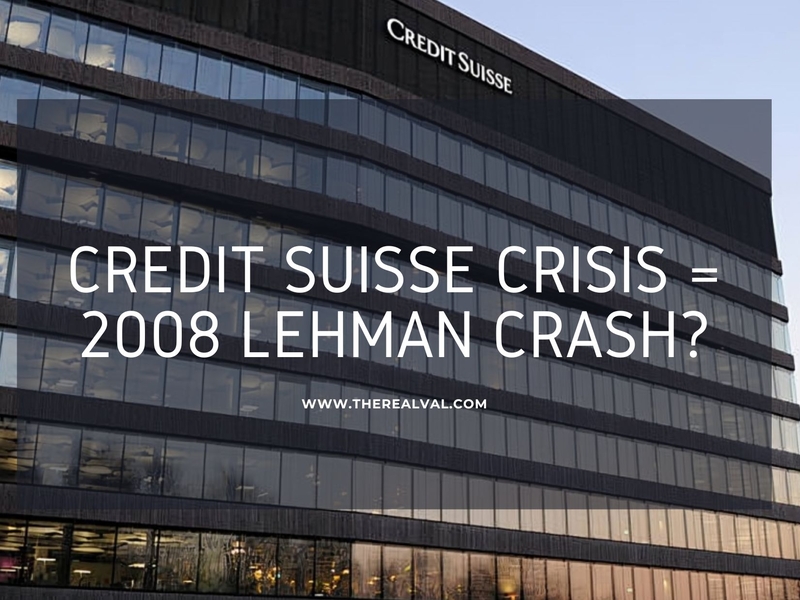The 15-minute city concept is rapidly gaining momentum in urban planning across the United States. This innovative model envisions communities where residents can access essential services and amenities- such as work, healthcare, education, and leisure- within a 15-minute walk or bike ride. By reducing car dependency and fostering local economies, this approach enhances urban sustainability and improves the quality of life for city dwellers.
What is the 15-Minute City Concept?
First popularized by French-Colombian urbanist Carlos Moreno, the 15-minute city prioritizes proximity, ensuring that daily needs are within reach. It focuses on designing urban spaces that minimize extensive travel, thereby promoting healthier lifestyles and cutting down on carbon emissions caused by vehicular traffic.
Key Features of 15-Minute Cities-
- Walkability and Bikeability: Streets are designed to be pedestrian-friendly with dedicated bike lanes, encouraging active, eco-friendly transportation.
- Mixed-Use Development: Residential areas seamlessly integrate commercial spaces, schools, parks, and healthcare facilities.
- Public Transport Accessibility: Efficient and reliable public transit connects neighbourhoods to the broader city network.
- Community Spaces: Parks, plazas, and public areas encourage social interactions and strengthen community ties.
Benefits of 15-Minute Cities-
Implementing the 15-minute city concept brings a host of advantages, including:
- Reduced Traffic Congestion: With fewer long commutes, cities can alleviate traffic congestion and lower air pollution levels.
- Improved Public Health: Encouraging walking and cycling promotes physical health and mental well-being.
- Economic Growth: Local businesses thrive as residents shop, dine, and engage with services within their neighbourhoods.
- Enhanced Quality of Life: Easy access to essential services supports a healthier work-life balance for residents.
- Reduced Carbon Footprint: Decreased reliance on private vehicles results in lower emissions and improved air quality, contributing to a healthier environment.
Challenges to Implementing 15-Minute Cities-
Despite its clear benefits, transitioning to the 15-minute city model comes with challenges:
- Urban Sprawl: Many U.S. cities were built around car-centric infrastructure, making retrofitting for walkability and mixed-use development a significant hurdle.
- Public Resistance: Some communities may view changes as restrictive, particularly those involving car use or zoning regulations.
- Funding and Policy Support: Developing pedestrian-friendly infrastructure requires substantial investment, political will, and public funding.
- Implementation Costs: Significant investment is needed to upgrade infrastructure, expand public transportation, and ensure the availability of affordable housing.
- Traffic Management: Managing potential traffic congestion and parking challenges is critical as cities encourage more walking, cycling, and reduced car dependency.
Examples of 15-Minute Cities Emerging in the U.S.-
Several cities across the United States are already embracing principles of the 15-minute city:
- Portland, Oregon: A leader in sustainability, Portland integrates pedestrian-focused policies and mixed-use developments into its urban design.
- San Francisco, California: The city is actively creating neighbourhood hubs that ensure essential services are accessible within short distances.
- Washington D.C.: With expanded bike lanes and improved public transit, D.C. is aligning its urban planning initiatives with the 15-minute city framework.
- Minneapolis: The city has made significant investments in bike lanes and pedestrian infrastructure, making it easier for residents to walk and bike to their destinations.
- New York City: With initiatives like the Open Streets program, New York City has prioritized pedestrian safety and expanded access to green spaces, fostering healthier, walkable communities.
The Future of 15-Minute Cities in the U.S.
As urban populations grow, the 15-minute city presents a promising solution for sustainable urban living. By prioritizing local accessibility and reducing reliance on cars, cities can address environmental concerns while enhancing livability. Moving forward, policymakers must adopt adaptive strategies, incorporate community feedback, and invest in innovative urban planning approaches tailored to local needs.
The rise of the 15-minute city marks a transformative shift in urban planning philosophy across the United States. By designing neighbourhoods where residents can meet their daily needs within walking or biking distance, cities can promote healthier lifestyles, stimulate local economies, and create vibrant, inclusive communities. As this concept continues to gain traction, addressing implementation challenges will be key to unlocking its full potential for future urban living.
Trending





